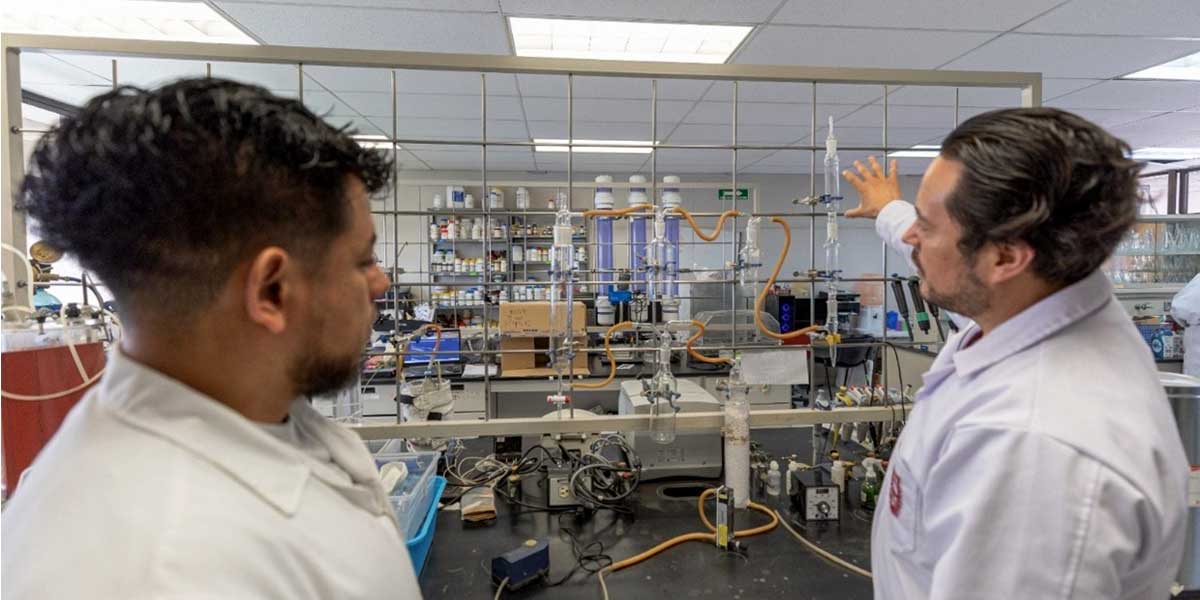
Reporter: Enrique Soto | Photographer: Jorge Aguilar Researchers from the Instituto Politécnico Nacional (IPN) and the Universidad Autónoma Metropolitana (UAM) are developing a reactor that could help address Mexico City’s environmental challenges.
The project focuses on designing the first Bioelectrochemical Reactor for Biogas (Methane) and Electricity Production using municipal wastewater treatment in Mexico City. This system would be unique worldwide, aiming to reduce pollution from organic waste while also contributing to easing the city’s water stress.
The initiative is led by Celestino Odín Rodríguez Nava, researcher at IPN’s Escuela Nacional de Ciencias Biológicas (ENCB), Unidad Zacatenco, and Ricardo Beristain Cardoso, scientist at UAM’s Iztapalapa campus.
Supported by the Secretariat of Education, Science, Technology, and Innovation of Mexico City (SECTEI-CDMX), the project is formally titled: Implementation of a Fluidized-Bed Bioelectrochemical Reactor for Biogas Production during the Treatment of Municipal Wastewater Enriched with Fermentable Sugars.
Dr. Rodríguez Nava, a biotechnology specialist at IPN and a Level I member of the National System of Researchers (SNII), explained that he has been working with oyster mushrooms for four years, which produce enzymes capable of degrading organic compounds.
“The first step was to use these fungi to break down emerging contaminants such as pharmaceuticals—antibiotics, painkillers, and anti-inflammatories—that are excreted in urine and feces,” he said.
By combining these fungi with a fermentation process, the team achieved highly efficient degradation of the contaminants.
“We found that this process generates significant amounts of sugars, which can then be used in anaerobic digestion—a process that converts organic waste into biogas for electricity generation. These fermentable sugars can also be obtained from organic residues present in the wastewater itself, as well as from pruning and gardening waste,” Rodríguez Nava added.
The bioelectrochemical reactor incorporates a low-intensity electric field into the anaerobic digestion process to boost the metabolism of organic matter and maximize methane production. “At the same time, the reactor removes contaminants from the water,” he emphasized.
The IPN scientist confirmed that laboratory-scale tests have already demonstrated the feasibility of the integrated processes. Discussions are currently underway with Mexico City authorities to implement pilot projects for methane recovery.
Víctor Sánchez Vázquez, professor and researcher at UAM Iztapalapa, noted that in addition to methane, the process can also produce hydrogen, further enhancing the energy potential of wastewater treatment. He stressed that the investment required to build the first reactor could be recovered in the short term thanks to the energy produced and the social benefits generated.